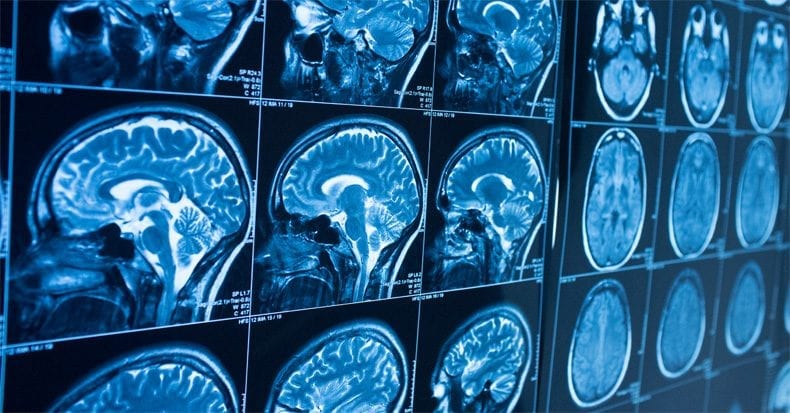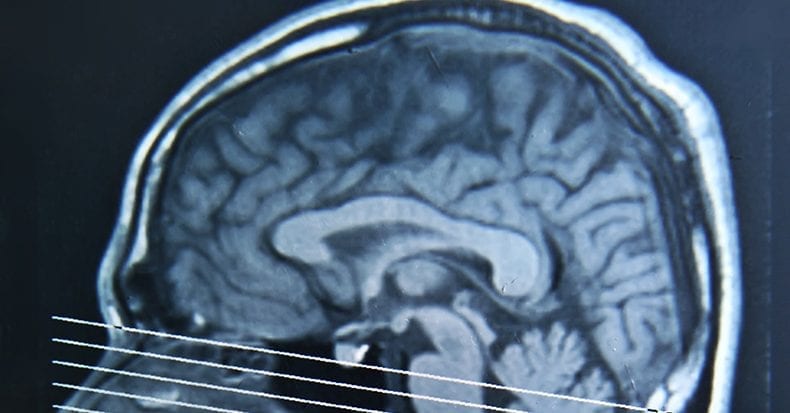Whiplash typically involves an injury to the neck, but it can often include symptoms outside of the cervical region, which is why the term “whiplash associated disorder” (WAD) may be a more appropriate description for the condition. WAD is most commonly associated with car accidents, but other forms of trauma, such as a slip and […]
The Vitamin D and Whiplash Connection
As previously discussed, many patients with a whiplash injury also experience some degree of traumatic brain injury (TBI), which can prolong the recovery process. A 2012 study involving patients with severe TBI found the rate of favorable recovery increased 25% in participants who took a vitamin D supplement as part of their treatment plan. Why […]
Study Reveals Link Between Whiplash and Injury to the Brain
In a 2010 study, researchers examined MRIs taken from 1,200 patients (600 whiplash and 600 non-whiplash neck pain patients) and noted that those who had sustained whiplash were more likely to have a brain injury than non-whiplash neck pain patients. The specific type of brain injury found is a form of herniation called Chiari malformation, […]
Posture and Whiplash
Posture assessment is a key component of the chiropractic examination, and the posture of the head and neck is especially important for a patient recovering from a whiplash injury. Forward head carriage describes a state in which the head sits more forward on the shoulders than it should. In order for the muscles in the […]
A Brief Look at Whiplash Injuries
Whiplash is an injury to the soft-tissues of the neck often referred to as a sprain or strain. Because there are a unique set of symptoms associated with whiplash, doctors and researchers commonly use the term “whiplash associated disorders” or WAD to describe the condition. WAD commonly occurs as a result of a car crash, […]
What Are Whiplash-Associated Headaches?
Whiplash and headaches are a very common duo that frequently occur after motor vehicle collisions. The good news is that most headaches that arise immediately following a head injury (or shortly thereafter) usually improve after minutes or days. But unfortunately for some, these headaches may persist over the longer term and even become a permanent […]
Whiplash – Is it Muscle, Ligament, or Both?
Whiplash is caused by the rapid back and forth motion that occurs in the classic rear-end collision, in some sports, and during slip and falls. The initial symptoms associated with whiplash often include muscle tightness and pain. But where is the pain coming from? First, the mechanism of injury that is involved in a rear-end […]
The Importance of Early Treatment for Whiplash
Even though whiplash or whiplash associated disorders (WAD) is very common, it remains poorly understood. Recent studies report that up to 60% of people may still have pain six months after their injury. Why is that? Investigations have shown there are changes in the muscle and muscle function in the neck and shoulder regions in […]
Collisions & Concussions – New Data!
Are you of the belief that you have to hit your head in order to have a concussion or that concussions are easily diagnosed and managed? If so, then you are not alone! In fact, traumatic brain injury (TBI)—the proper term used when bleeding occurs within the skull occurs—and mild traumatic brain injury (mTBI)—the term […]
Low Speed Collisions – Where Does All That Energy Go?
You may have heard the comment, “If there’s no damage to the car, then there’s no injury.” Unfortunately, that does not always seem to be the case. There are MANY factors that affect the dynamics of a collision and whether or not injury occurs. A short list includes: vehicle type and design, speed, angle of […]
- « Previous Page
- 1
- …
- 9
- 10
- 11
- 12
- 13
- …
- 24
- Next Page »









